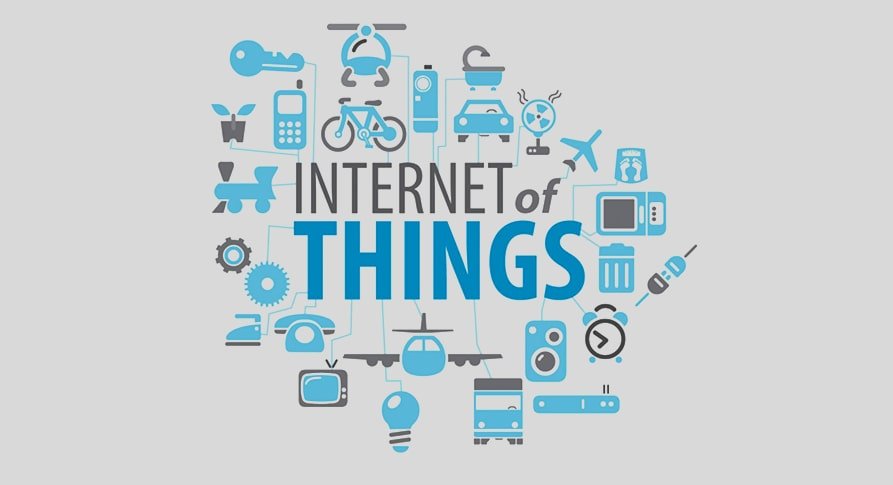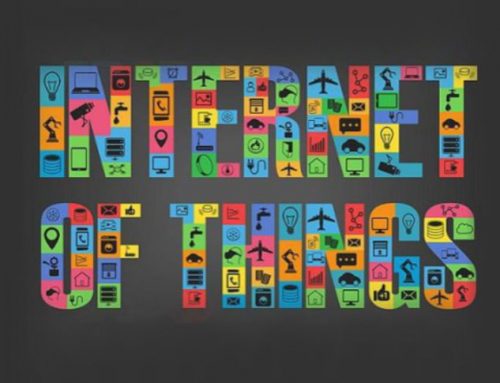How are you reading this post right now? It might be on desktop, on mobile or may be a tablet, but whatever device you are using its most definitely connected to the internet.
An Internet connection is a wonderful thing as it gives us it gives us all sorts of benefits that just weren’t possible before.
If you are old enough, think of your cellphone before it was a smartphone. You could call and you could text sure, but now you can read any book, watch any movie, or carry thousand songs in your pocket. And that’s just to name few of the incredible things your smartphone can do.
The point is that connecting things to the internet yields many amazing benefits. We have all seen these benefits with our smartphones, laptops and tablets but this is true for everything else too. IoT is pretty simple concept, it means taking all the things in the world and connecting them to the internet.
The Internet of Things is a network of physical devices, vehicles and other objects embedded with electronics, software, sensors and network connectivity which enable these objects to be sensed, collect and exchange data remotely.
When something is connected over internet that means that it can send information or receive information, or both. This ability to send and/or receive information makes things smart. Let’s take an example of smartphone again. Right now you can listen to just about any song in the world, but it’s not because your phone actually has every song in the world stored on it. It’s because every song in the world is stored somewhere else, but your phone can send information (asking for that song) and then receive information (streaming that song on your phone).
To be smart, a thing doesn’t need to have super storage or a super computer inside of it. All a thing has to do is connect to super storage or to a super computer.
In the internet of things, all the things that are being connected to the internet can be put into three categories:
Things that collect information and then send it.
Things that receive information and then act on it.
Things that do both.
Collecting and sending information:
This includes all sensors. Sensors could be temperature sensors, motion sensors, moisture sensors, air quality sensors, light sensors, and lot more. These sensors, along with a connection, allow us to automatically collect information from the environment which, in turn, allows us to make more intelligent decisions.
Receiving and Acting on Information:
We are all familiar with machines getting information and then acting. Your printer receives a document and it prints it. Your car receives a signal from your car keys and the doors open. The examples are endless. Whether it’s a simple as sending the command “turn on” or as complex as sending a 3D model to a 3D printer.
The real power of Internet of things arises when things can do both of the above.
Things that can do both:
Let’s take an example of farming. If the irrigation system receives information about the weather from its internet connection, it can also know when it’s going to rain and decide not to water the crops reason being they will be watered by rain anyways. And it doesn’t stop there. All this information about the soil moisture, how much irrigation system is watering the crops, and how well the crops actually grow can be collected and sent to supercomputers that run amazing algorithms that can make sense of all this information. And that’s just one kind of sensor. Add in other sensors like light, air quality, and temperature, and these algorithms can learn much more. This is just one of the example of devastating actions can be taken by IoT systems.




